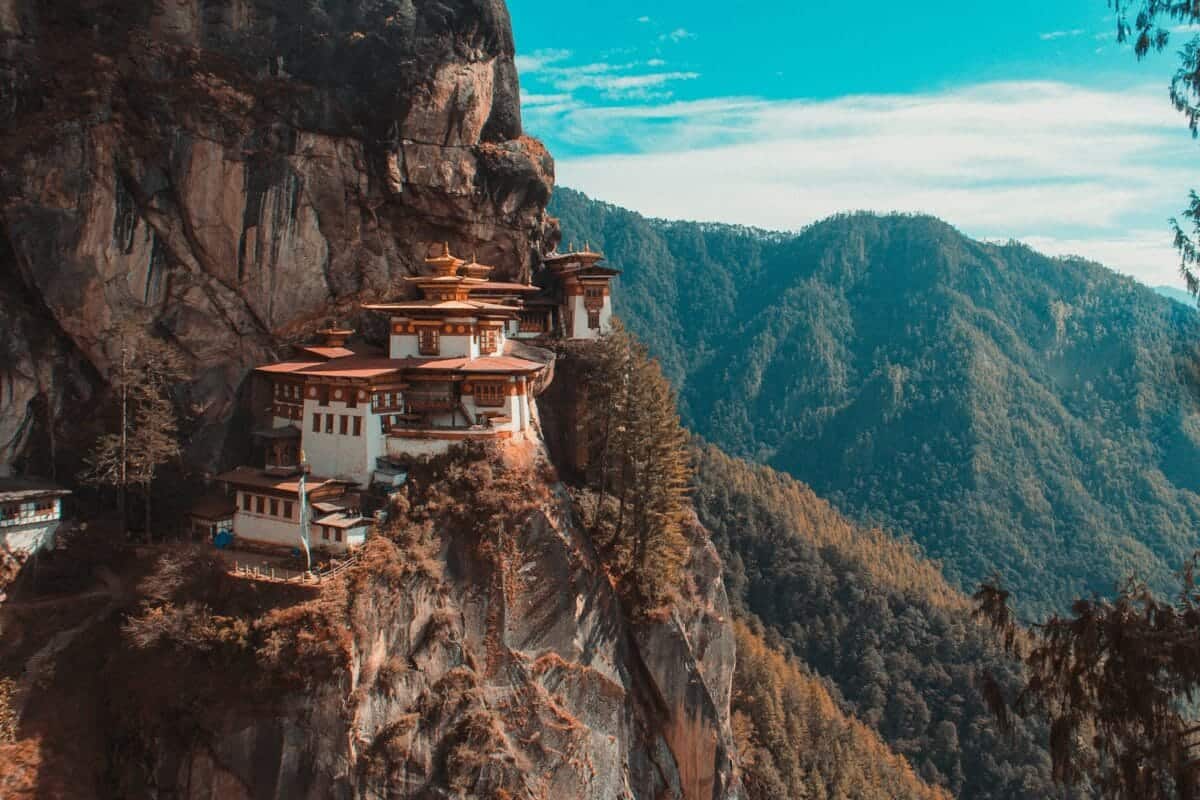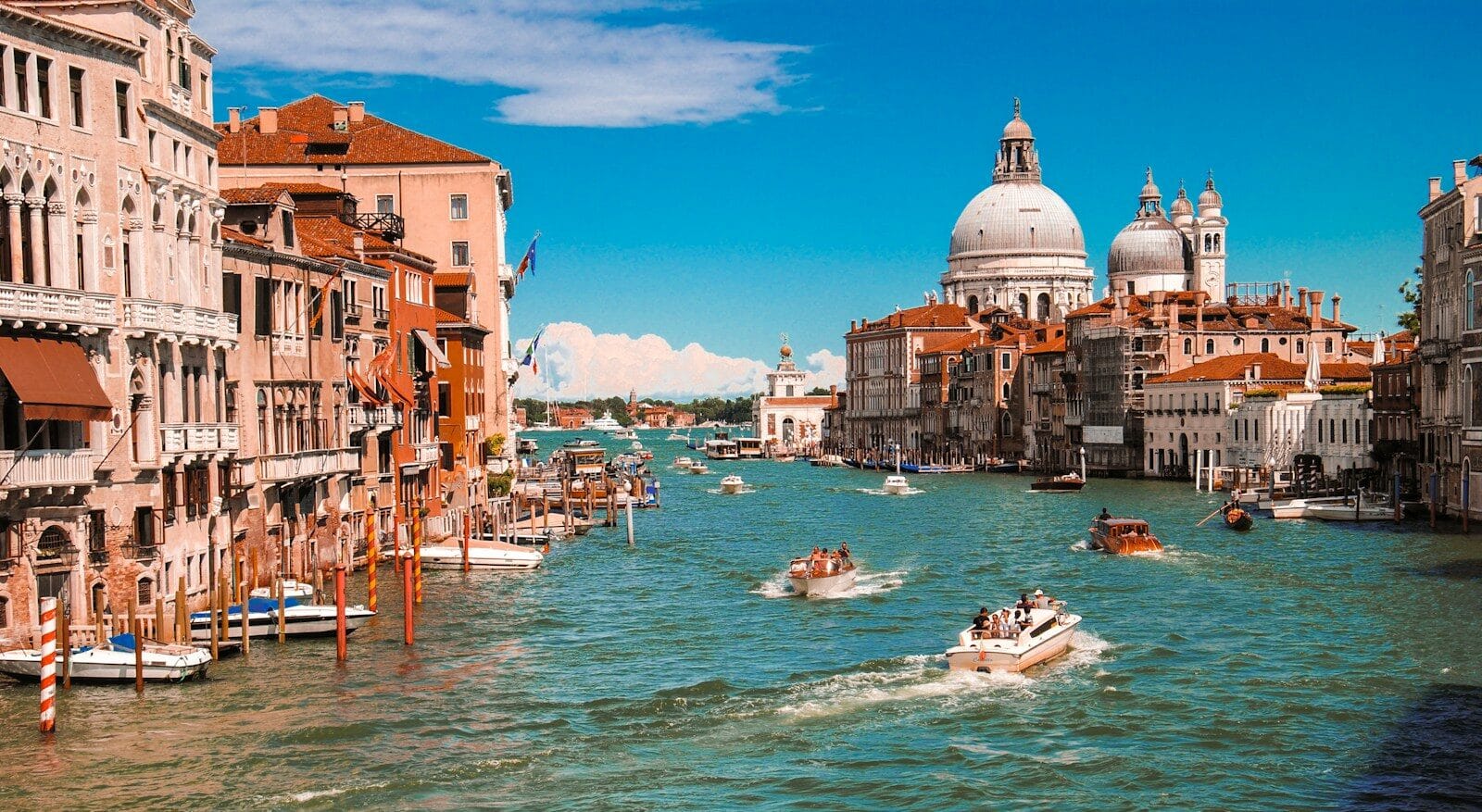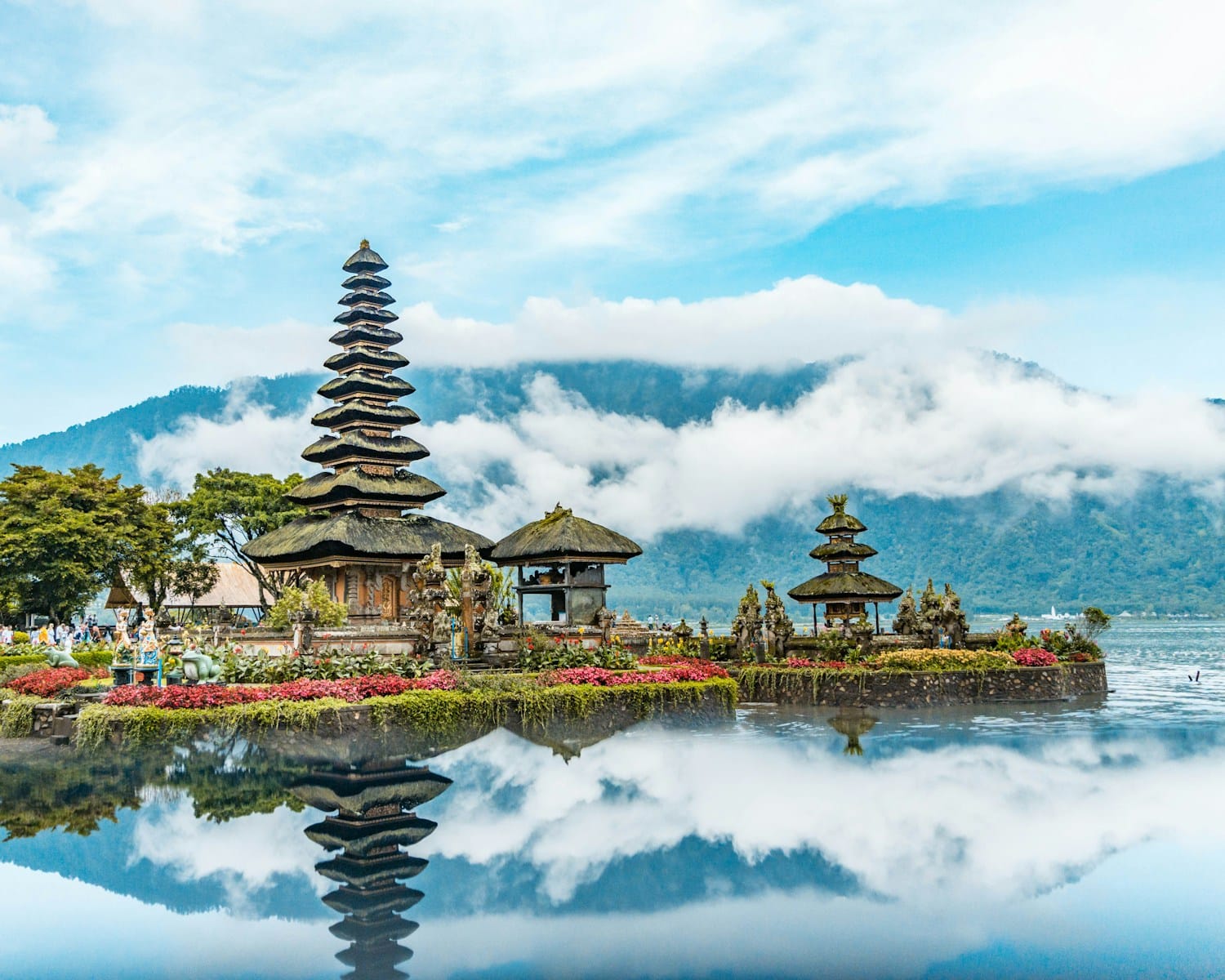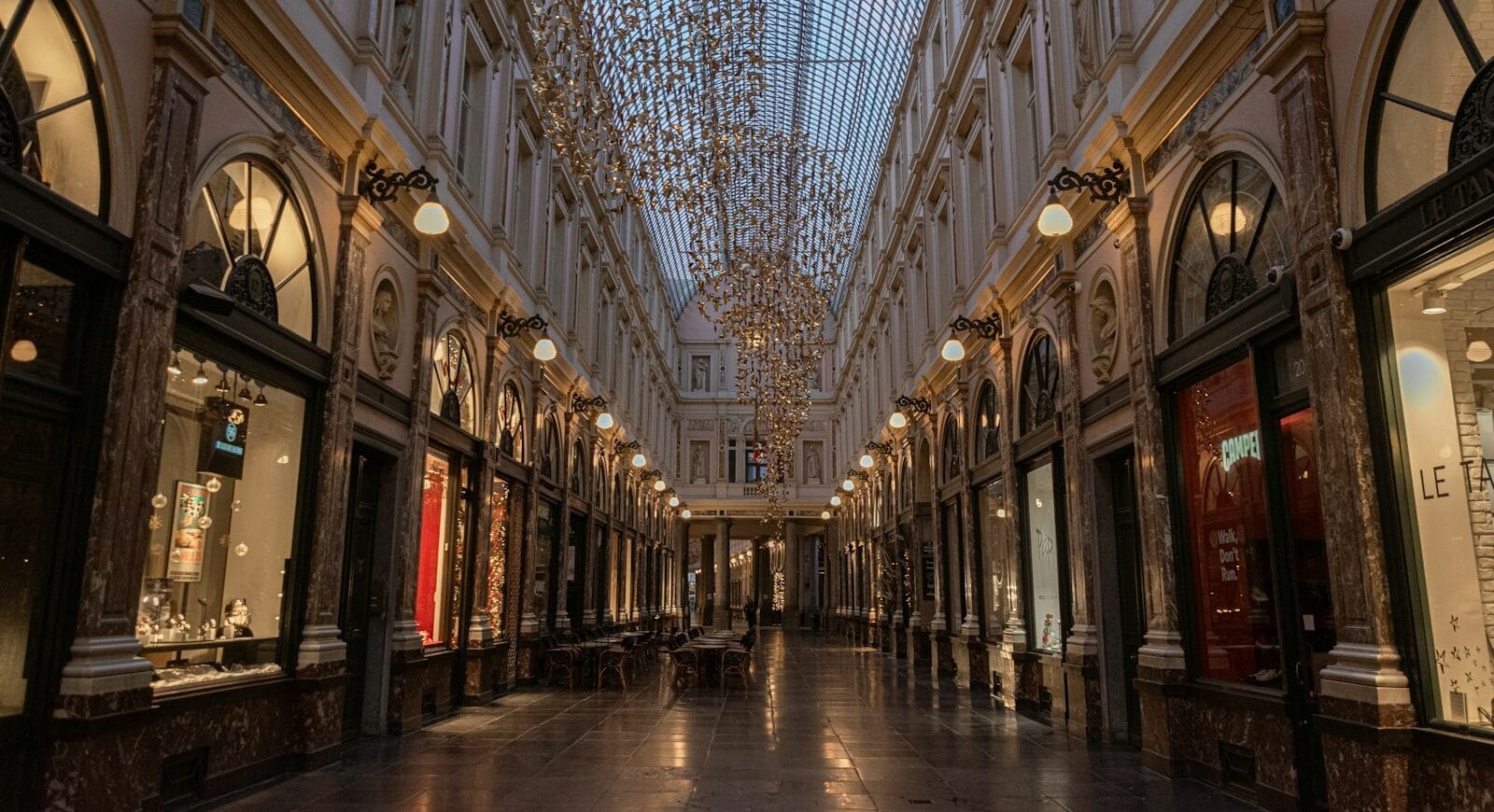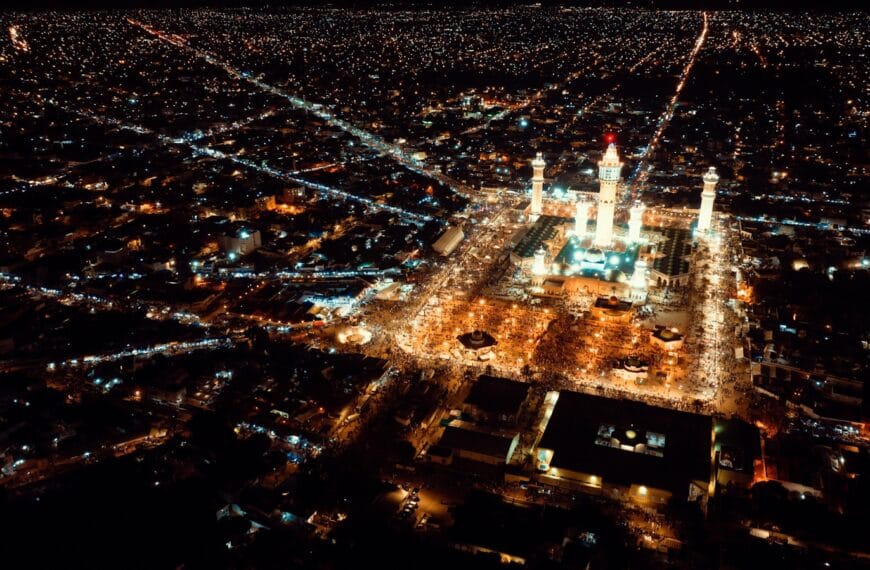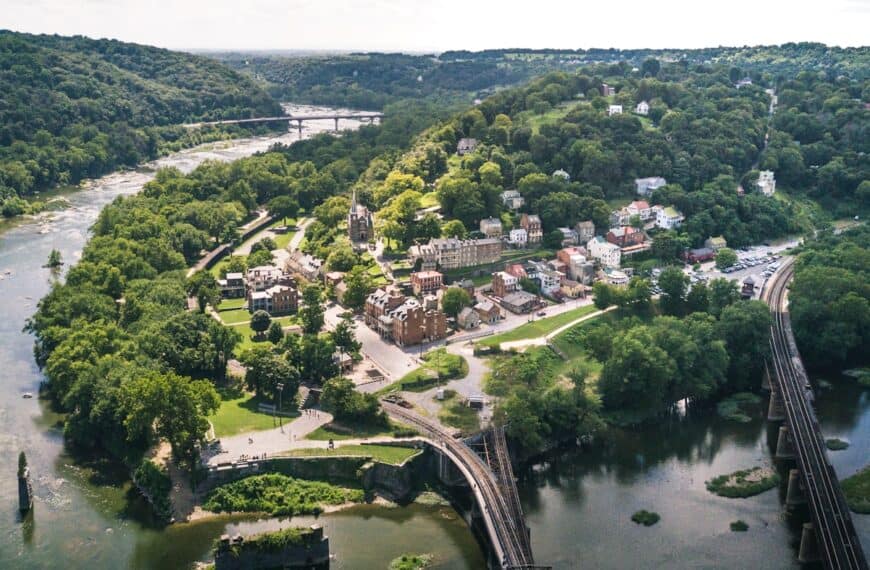Bhutan Travel Guide: Explore the Hidden Himalayan Kingdom
Intro to Bhutan Travel Guide
Where ancient monasteries cling to cliffs, prayer flags dance in the wind, and happiness is the guiding national principle — Bhutan invites you to travel deeper. Nestled in the Eastern Himalayas and long closed to outsiders, this kingdom offers more than scenic beauty. It offers purpose. Here, sacred festivals, traditional farm life, and Himalayan treks coexist with policies that put Gross National Happiness above GDP.
Whether you’re hiking to Tiger’s Nest, exploring hidden dzongs, or sharing a butter tea with monks in Bumthang, Bhutan rewards the mindful traveler. There are no traffic lights in the capital, no billboards across the countryside — only landscapes shaped by faith and harmony.
Start planning your journey with our complete Bhutan Travel Guide — featuring regional highlights, insider experiences, travel costs, and cultural etiquette to make your trip as enriching as it is unforgettable.
Where to Go in Bhutan
Bumthang | Chukha | Dagana | Gasa | Haa | Lhuntse | Mongar | Paro | Pemagatshel | Punakha | Samdrup Jongkhar | Samtse | Sarpang | Thimphu | Trashigang | Trashiyangtse | Trongsa | Tsirang | Wangdue Phodrang | Zhemgang
💡Quick Facts:
Destination: Bhutan
Continent: Asia
Country: Bhutan (Kingdom of Bhutan)
Administrative Division: 20 Dzongkhags (districts)
City: Thimphu (capital)
Area: 38,394 km² (14,824 mi²)
Population: ~788,000 (2024 est.)
Density: ~20 people/km²
Capital: Thimphu
Regions/Subregions: Western, Central, Eastern, and Southern Bhutan
Official & Regional Languages: Dzongkha (official); English widely used in government and education
Currency: Bhutanese Ngultrum (BTN); Indian Rupee (INR) also accepted
Time Zone(s): Bhutan Time (BTT, UTC+6)
Airports: Paro International Airport (PBH – only international gateway)
Climate: Highland alpine to subtropical lowlands; varied by elevation
Known For: Gross National Happiness, monasteries, Himalayan trekking, festivals, dzongs (fortresses), strict tourism policy
🛂Arrival Info:
– Entry only via organized tour or approved visa-exempt nationals
– Independent travel restricted; all tourists (except from India, Bangladesh, and Maldives) must book with licensed Bhutanese tour operators
– Visa required and processed via tour provider; not available on arrival
– Standard tourist stay: up to 30 days, extendable
– India, Bangladesh, Maldives citizens can enter with passport or voter ID (subject to entry permit)
– Official Visa Info – Bhutan Department of Immigration
– Tourism of Bhutan
💉Health Info:
– Recommended: Hepatitis A, Typhoid, Tetanus, COVID-19, Rabies (for long stays or rural trekking)
– Malaria risk in southern districts (seasonal); no risk in Thimphu or Paro
– Altitude sickness common above 2,500m – acclimatization recommended
– Health services limited outside Thimphu; bring medications
– Jigme Dorji Wangchuck National Referral Hospital (Thimphu) is the main hospital
– Travel insurance mandatory for tourists
✅ Check travel insurance options for travel emergencies, delays, and medical needs abroad — Get coverage here
✅ Stay Informed with Official Updates: WHO – International Travel & Health | CDC – Travel health updates
🚨Travel Advisory:
– Generally very safe; low crime rates
– Occasional landslides or monsoon-related disruptions in rural roads
– No civil unrest or political instability
– Environmental and cultural laws strictly enforced (e.g., bans on tobacco imports)
– Petty crime rare but practice standard caution in markets and towns
✅ Stay Informed with Official Updates: US Travel Advisory | UK Foreign Travel Advice
📅Holidays:
– National Day (Dec 17) – Birth of monarchy, celebrated nationwide
– Losar (Feb/Mar) – Bhutanese New Year with dances and rituals
– Paro Tshechu (Mar/Apr) and Thimphu Tshechu (Sep/Oct) – major masked dance festivals
– Blessed Rainy Day (Sept) – spiritual cleansing holiday
– Closures during religious festivals common for government offices and some attractions
💰Visitor Info:
– Currency: Bhutanese Ngultrum (BTN), pegged to Indian Rupee (INR)
– INR accepted except ₹2,000 notes
– ATMs available in major towns; limited in rural areas
– Credit cards accepted in select hotels and shops
– Tipping not customary but appreciated for good service
– Sustainable Development Fee (SDF): $100/day per foreign tourist (as of 2024)
– Budget: $200+/day (regulated by tour package), includes lodging, meals, transport, guide
✈️Airports:
– Paro International Airport (PBH)
– IATA: PBH
– Location: Paro, ~55 km from Thimphu
– One of the world’s most challenging airports (mountain approach)
– Served by: Drukair, Bhutan Airlines
– Routes: India (Delhi, Kolkata), Nepal (Kathmandu), Thailand (Bangkok), Singapore
✅ Delayed or canceled flight? Check if you’re eligible for compensation
🚍Transport:
– No trains; travel by road only
– Tour vehicles and private drivers included in packages
– Mountain roads can be steep and winding; roadblocks during monsoon
– Inter-district buses available but slow and basic
– No ride-hailing apps; transport fully arranged by tour operator
– Domestic flights (e.g., Bumthang) limited and weather-dependent
✅ Book reliable airport transfers and in-city rides in advance. Reserve your ride here
📶Connectivity:
– SIM cards: TashiCell and BTL available for tourists with passport
– Good 3G/4G in cities; rural areas may have weak coverage
– eSIM not widely available
– Wi-Fi in hotels and cafes, though speeds vary
– International roaming available but expensive
✅ Stay connected abroad with affordable eSIM data packs. Get your eSIM here
📜Laws & Etiquette:
– Smoking banned in public and sale of tobacco illegal
– Respect religious sites: remove shoes, dress modestly
– Photos often restricted in temples and during rituals
– Homosexuality decriminalized (2019); discretion advised in rural areas
– Do not touch people’s heads or point feet at religious items
– Public displays of affection are uncommon
– Formal greetings involve slight bow with hands together (similar to “namaste”)
🛡️Emergency Info:
– Emergency: 112 (police), 113 (ambulance)
– Main hospital: Jigme Dorji Wangchuck National Referral Hospital, Thimphu
– Embassies: Limited foreign representation (India maintains full embassy)
– Nearest U.S. embassies: New Delhi or Kathmandu
– Tour guides act as first point of contact in emergencies
– Bhutan Emergency Services available via tour operators
✅ Use embassy locator tools: Embassies Worldwide
🌦️Weather:
– Spring (Mar–May): Mild, blooming rhododendrons, ideal trekking
– Summer (Jun–Aug): Monsoon rains, high humidity, landslide risks
– Autumn (Sep–Nov): Clear skies, top season for festivals and trekking
– Winter (Dec–Feb): Cold in north, dry and sunny in central valleys
– Thimphu average: 5–25°C depending on season
– Best time to visit: March–May and September–November
✅ Stay prepared—check the weather forecast for your destination — Weather Forecast
Bhutan by Region – Where to Go
Bhutan’s geography moves from Himalayan peaks in the north to lush valleys and subtropical forests in the south. Each region holds spiritual, cultural, and natural significance.
Western Bhutan
- Paro – Home to Bhutan’s international airport, the iconic Tiger’s Nest Monastery, and ancient dzongs (fortresses).
- Thimphu – The capital city blends tradition and modernity with no traffic lights, lively weekend markets, and cultural museums.
- Punakha – The former capital boasts the majestic Punakha Dzong at the confluence of two rivers and vibrant spring festivals.
Central Bhutan
- Trongsa – Known for its massive fortress and royal heritage, it’s a gateway to eastern Bhutan.
- Bumthang Valley – Often called Bhutan’s spiritual heart, this area includes Jakar, sacred temples, and colorful tsechus (festivals).
Eastern Bhutan
- Mongar – A lush, subtropical area with scenic drives and traditional weaving centers.
- Trashigang – A cultural stronghold near the Indian border, known for remote villages and the grand Trashigang Dzong.
Southern Bhutan
- Phuentsholing – A bustling commercial town on the Indian border, often used as a land entry point.
- Samdrup Jongkhar – Another key trading town offering access to India’s Assam region.
Top Places to Visit in Bhutan
Cultural Capitals
- Thimphu – Cultural museums, craft workshops, and a peaceful Buddhist urban lifestyle.
- Paro – Monasteries, ruins, and traditional farmhouses nestled in a sacred valley.
Sacred Sites & Monasteries
- Taktsang (Tiger’s Nest) – Clinging to a cliff at 3,000m, this is Bhutan’s most iconic religious site.
- Kurje Lhakhang – Said to contain the imprint of Guru Rinpoche’s body, located in Bumthang.
- Punakha Dzong – A riverside architectural marvel, especially striking in spring with blooming jacarandas.
Nature Escapes
- Phobjikha Valley – A protected wetland valley home to endangered black-necked cranes.
- Haa Valley – Remote, pristine, and ideal for hiking and cultural immersion.
- Royal Manas National Park – Bhutan’s oldest national park, filled with biodiversity and subtropical wildlife.
Festivals & Cultural Events
- Paro Tsechu – One of the grandest Buddhist festivals, featuring masked dances and rituals.
- Thimphu Tsechu – A vibrant celebration with music, costumes, and community prayer.
- Jambay Lhakhang Drup – Bumthang’s famed fire festival with symbolic naked dances and ceremonies.
How to Choose Where to Go in Bhutan
- For first-time travelers: Combine Paro, Thimphu, and Punakha for an introduction to Bhutanese culture and landscapes.
- For trekking and nature: Head to Bumthang or the Haa Valley for pristine forests, high-altitude trails, and sacred sites.
- For spiritual seekers: Visit monasteries in Bumthang, attend a local tsechu, and include a meditation retreat.
- For off-the-beaten-path explorers: Venture into eastern Bhutan via Trashigang and Mongar to experience unfiltered traditions and remote terrain.
Pair central valleys with one cultural capital and a scenic hike to create a meaningful and well-paced itinerary.
How to Get Around Bhutan
Getting around Bhutan is mostly by private vehicle, often arranged via tour operators:
- Private car & driver – Most trips are booked as all-inclusive packages with guides and drivers.
- Domestic flights – Bhutan Airlines and Druk Air offer limited routes between Paro and Bumthang.
- No trains – Bhutan has no railway system.
- Road travel – Winding mountain roads link regions; weather delays and altitude should be factored in.
- Tour packages – Required for most international travelers; they include all transport, lodging, and a certified guide.
Travel is structured — not chaotic — ensuring a smooth, culturally respectful experience.
Travel Budget & Costs in Bhutan
Minimum Daily Tariff (Government-Set)
Bhutan operates on a daily Sustainable Development Fee (SDF):
- $100 USD per person/day (as of 2024) for most international travelers
- South Asian nationals may pay reduced rates
Inclusions (for guided travel):
- Accommodation (usually 3-star)
- All meals (mostly Bhutanese cuisine)
- Transport (car + driver)
- Certified guide
- Entry to temples, dzongs, and festivals
Luxury upgrades (Amankora, Six Senses, COMO): Expect $500–$2,000+/night
Budget tips:
- Travel in groups to reduce per-person guide/driver costs
- Visit during low season for hotel upgrades
- Choose long-stay discounts offered by many operators
Best Time to Visit Bhutan
Spring (March–May):
- Rhododendrons bloom in the mountains
- Pleasant weather
- Paro Tsechu and other festivals
Autumn (September–November):
- Crisp skies, best visibility for Himalayan peaks
- Thimphu and Jambay Lhakhang festivals
- Excellent trekking conditions
Summer (June–August):
- Monsoon rains make roads trickier
- Lush green valleys
- Fewer tourists and lower prices
Winter (December–February):
- Snow in high passes
- Peaceful valleys and quiet dzongs
- Cold nights but clear mountain views
Must-See Experiences in Bhutan
Experience the spirit of Bhutan through its people, landscapes, and culture:
- Climb to Tiger’s Nest Monastery, perched high above Paro Valley
- Attend a Tsechu and witness cham dances performed by monks in vivid masks
- Hike the Dochula Pass for panoramic Himalayan views framed by 108 stupas
- Visit a traditional farmhouse for butter tea and red rice
- Explore Bumthang’s sacred temples, including the ancient Jambay Lhakhang
- Watch black-necked cranes glide into Phobjikha Valley each winter
- Enjoy Bhutanese hot stone baths, an ancient form of healing
- Trek the Druk Path, a short but scenic high-altitude trail between Paro and Thimphu
Explore immersive Bhutan tours for rich culture and deep natural connection. Discover the best things to do in Bhutan with expert-led experiences.
Best Travel Itineraries in Bhutan
Classic Bhutan – 7 Days
- Paro → Thimphu → Punakha
Visit key dzongs, hike Tiger’s Nest, and attend a tsechu.
Spiritual Bhutan – 10 Days
- Paro → Bumthang → Haa Valley
Dive into monasteries, prayer rituals, and mountain solitude.
Bhutan Trekking Route – 14 Days
- Druk Path → Bumthang region
Combine cultural sites with multi-day hikes and remote lodges.
Eastern Bhutan Discovery – 12 Days
- Thimphu → Trongsa → Mongar → Trashigang
Explore untouched regions, textiles, and Himalayan trails.
Local Cuisine & Culinary Experiences
Bhutanese food is bold, spicy, and warming — perfect for its mountain setting.
Must-Try Dishes
- Ema Datshi – Bhutan’s national dish made of chili peppers and cheese
- Phaksha Paa – Pork cooked with red chilies and radish
- Red rice – Nutty and hearty, it pairs with most meals
- Jasha Maru – Spicy chicken curry with fresh herbs
- Momos – Steamed dumplings filled with meat or cheese
- Suja – Salty butter tea, often served during ceremonies
- Ara – Homemade distilled rice or wheat spirit
Join a Excursion tours in Thimphu, or enjoy a cooking demonstration at a homestay.
Travel Safety & Cultural Etiquette in Bhutan
Safety Overview
- Bhutan is one of the safest countries in Asia.
- Minimal crime and a culture of kindness
- Road travel may be affected by landslides or altitude sickness — go slow
Cultural Etiquette
- Dress modestly when visiting temples (covered shoulders, no hats)
- Remove shoes before entering monasteries
- Avoid pointing at sacred objects with fingers
- Always walk clockwise around religious monuments
- Refrain from public displays of affection
Pro Tip: Travel with a certified guide — they help navigate both logistics and etiquette respectfully.
Where to Go Next – Pair Bhutan with These Destinations
- India – Land borders via Phuentsholing or Samdrup Jongkhar open access to Darjeeling, Assam, or Sikkim.
- Nepal – Short flights from Paro to Kathmandu make this a perfect Himalayan twin trip.
- Thailand – Many Bhutan flights connect via Bangkok.
- Singapore – A convenient Southeast Asia stopover en route.
- Sri Lanka – Combine Bhutan’s mountains with Sri Lanka’s coastal temples and beaches.
To expand your Himalayan adventure into a broader South and Southeast Asian journey.
Nepal Travel Guide | India Travel Guide | Thailand Travel Guide | Singapore Travel Guide | Sri Lanka Travel Guide
Final Planning Checklist for Bhutan
- Confirm your visa and book with a licensed tour operator (mandatory for most)
- Finalize travel dates around festivals and seasons
- Prepare for altitude changes (medication or acclimatization days)
- Pack conservative clothing suitable for monasteries and varying climates
- Bring local currency (Bhutanese Ngultrum) or Indian Rupees
- Download offline maps, translation tools, and trekking GPS apps
- Ensure travel insurance covers mountain hiking or medical evacuations
- Respect local customs and be mindful during religious ceremonies
Explore Bhutan with confidence using our trusted tips, local insights, and region-by-region planning tools.
For more expert travel tips, practical strategies, and trusted tools — visit our Homepage and get inspired for your next trip.

